Nature reports
Publisher: Netherlands Institute of Ecology (NIOO-KNAW)
Page 3 of 4 - 37 Results
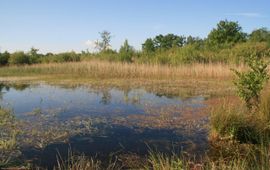
Imagine that you are sitting on the shore of a lake on a warm and sunny day. You just bought an ice cream and are enjoying it with your feet in the water. And then, whoops, the scoop drops from the cone into the water. The scoop..
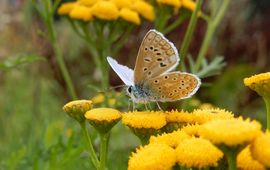
In order to increase knowledge about Dutch biodiversity, a national approach to scientific research is necessary. To make this possible Naturalis, NIOO-KNAW, NIOZ-NWO and Westerdijk Fungal Biodiversity Institute-KNAW will start..
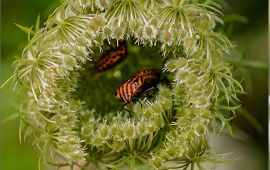
It’s no secret that many insect species are decreasing worldwide. We could fix these insects’ problems, according to more than 70 scientists from 21 countries. Their road map to insect conservation and recovery was published in..
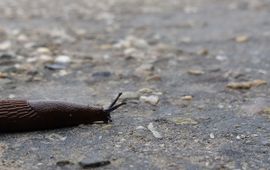
The 4th edition of the Dutch Soil Animal Days saw 856 citizen scientists comb through more than 200 gardens and parks to find some 7500 soil creatures. Findings that stand out after this year's long, dry summer: woodlice have..
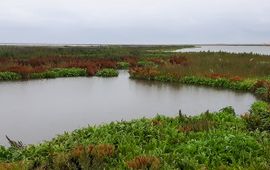
The first island of the new Marker Wadden is now open to the public. Visitors will be able to see for themselves how abundant nature has already become in this newest part of the Netherlands...
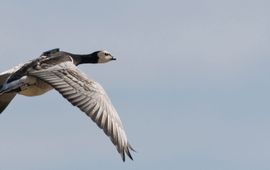
As Arctic temperatures continue to rise, barnacle geese are increasingly at risk of arriving in their breeding areas too late. The good news is that they can speed up their 3,000 kilometre migration to the Arctic, by making fewer..
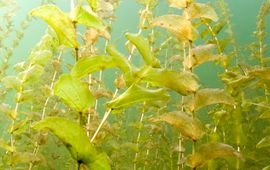
Massive growth of submerged aquatic plants can be a nuisance, especially in summer. It's up to water managers to limit the inconvenience for swimmers, boats and fishermen in a way that is both responsible and cost-effective. In..
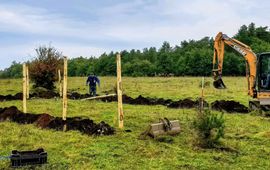
A nature area close to De Hoge Veluwe National Park has become the first Dutch site to be added to NutNet: a global research cooperative that studies the impact of human activity on grassland ecosystems...
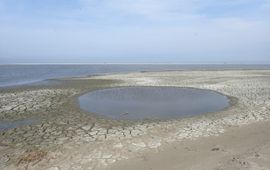
If the weather's clear, you can see them from the air: the Marker Wadden. They're brand new islands in the Markermeer, a lake in the central Netherlands that was once part of the saltwater Zuiderzee. As more and more land emerges..
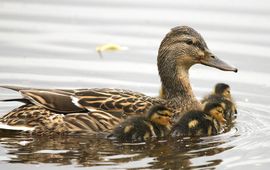
In late March, the Netherlands Institute of Ecology launched an appeal to submit any sightings of mother ducks with ducklings to researcher Erik 'Dr. Duck' Kleyheeg. The aim of his citizen science project is to find out why..
